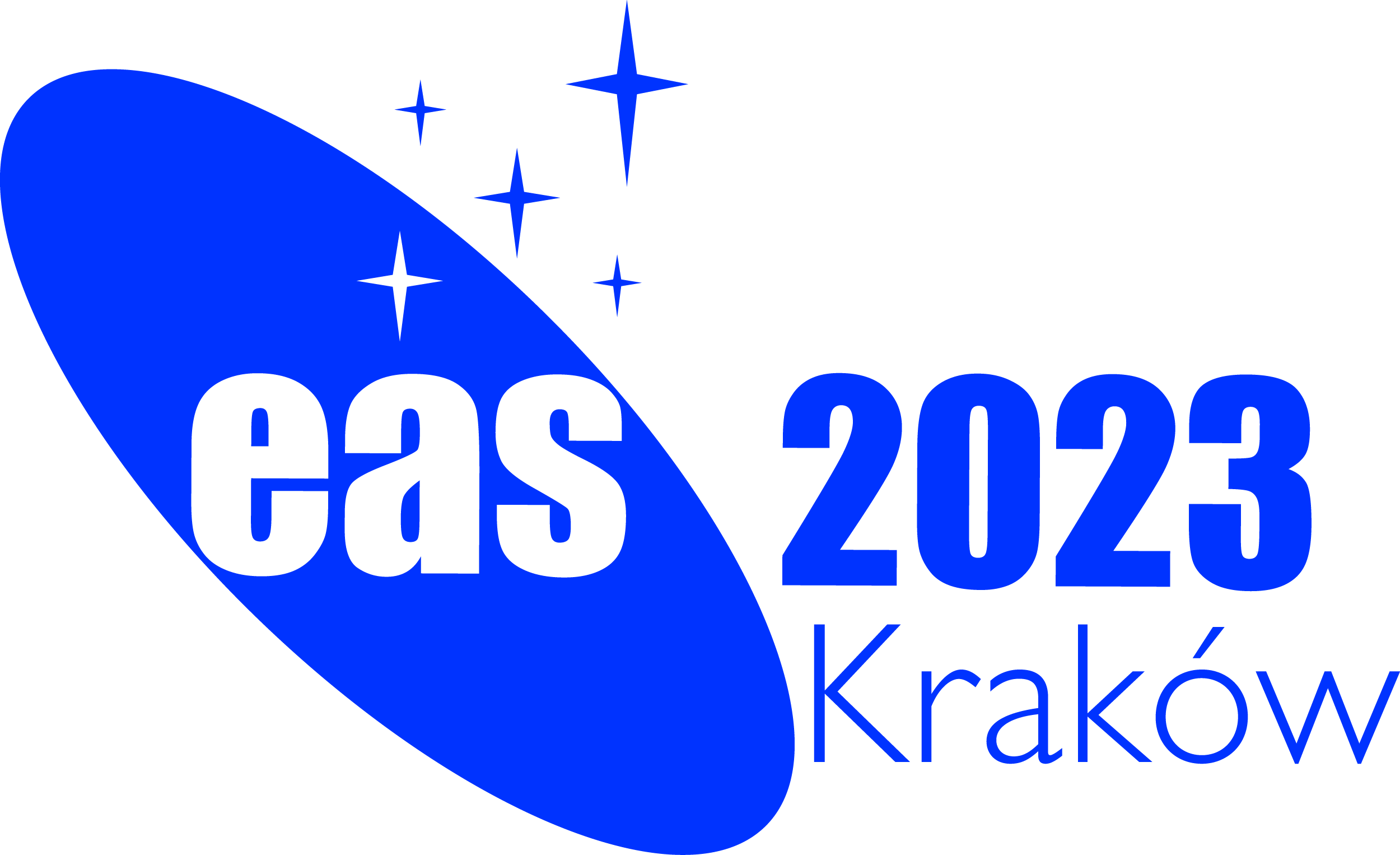
|
Special Session SS23
14 July 2023
Frontier of Interferometric Imaging from Radio to Optical
News:
Computational imaging is a key process in radio and optical/near-infrared interferometry to reveal the fine views of the universe from observational data taken in Fourier space. Over the last decade, significant progress has been made in the development of new computational imaging techniques to address and overcome various challenges brought by the advent of the new instruments including the Event Horizon Telescope (EHT), Low Frequency Array (LOFAR), MeerKAT and Very Large Telescope Interferometer (VLTI), as well as upgrades of existing facilities such as Very Large Array (VLA). Many algorithmic and data processing challenges arise in our quest to endow these instruments, set to observe the sky at new regimes of sensitivity and resolution, with their expected acute vision. In this new era, imaging encompasses not only forming 2D spatial maps of observed fields of view, but also the reconstruction of the spectrum, polarisation, and dynamics of the sources of interest, not to mention the mapping of underlying physical quantities. This focused session will gather interferometric imaging experts to review the exciting frontiers in the field. Programme The special session will solicit both oral and poster contributions that widely cover the latest developments and challenges of interferometric imaging for the current and next-generation interferometric facilities. The session will be held over three 1.5-hour blocks to review the exciting frontiers in the field, including the following areas:
Invited speakers We will invite several keynote speakers to guide the discussions including the following leading experts.
Scientific organisers
Kazu Akiyama (MIT): Co-chair Contact eas2023_ss23 @ googlegroups.com Updated on Fri Apr 28 16:51:24 CEST 2023
|
||||||||||||
|
European Astronomical Society |
|||||||||||||
 A power cut will shut down all EAS services on Tuesday, 10 January 2017 starting at 7:30 CET.
A power cut will shut down all EAS services on Tuesday, 10 January 2017 starting at 7:30 CET.


